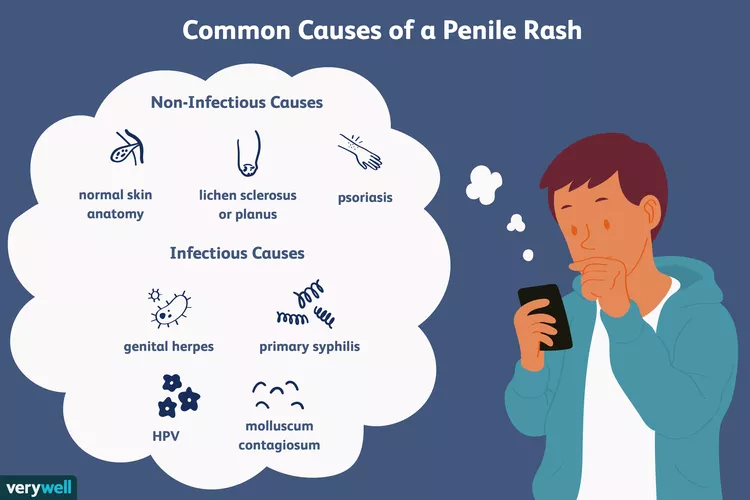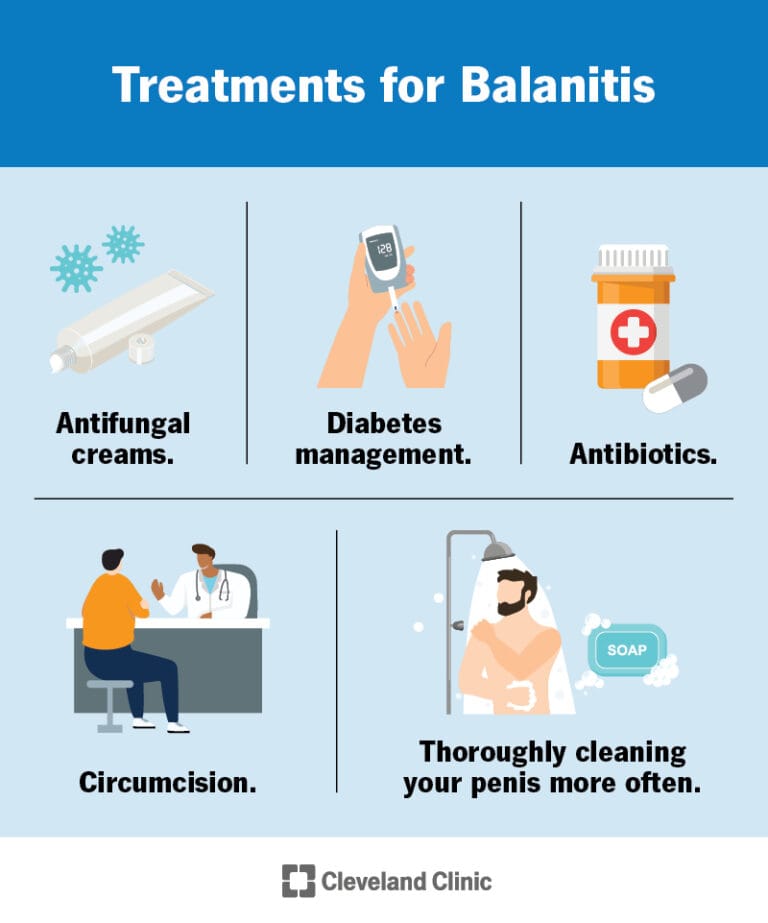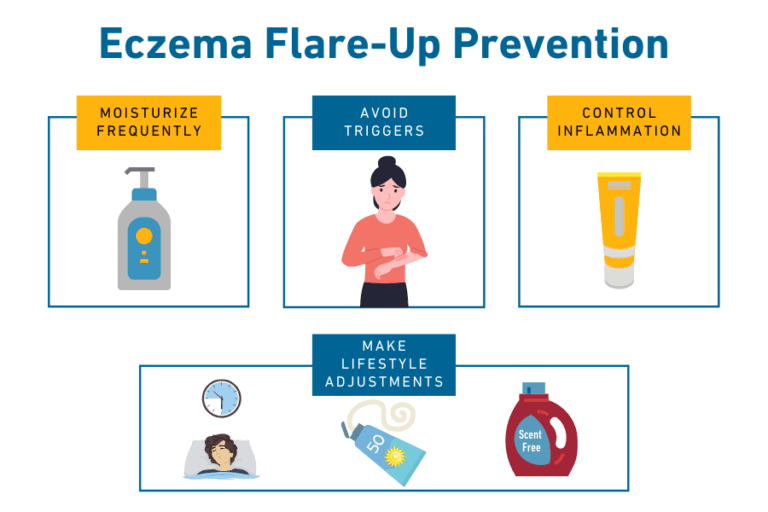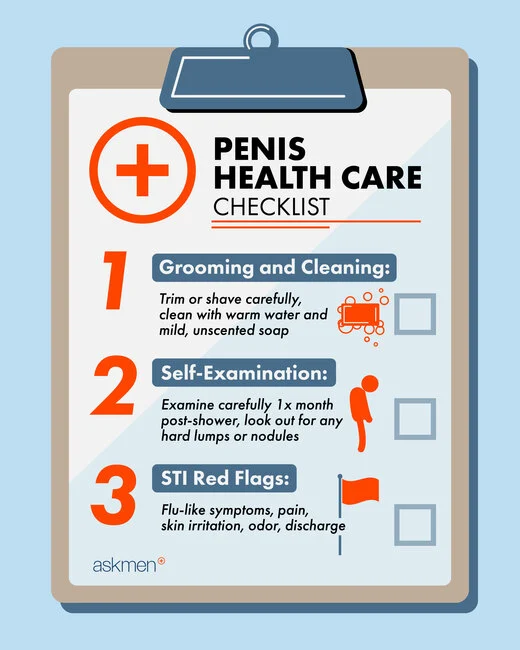Penile Skin Rashes
Table of Contents

Penile skin rashes can stem from infections, inflammatory conditions, or allergic reactions. Fungal infections like jock itch and candidiasis, bacterial infections such as balanitis, and sexually transmitted infections (STIs) like herpes and syphilis are common culprits. Symptoms may include redness, itching, swelling, and discomfort. Conditions like contact dermatitis, eczema, lichen planus, and genital psoriasis also contribute. It’s essential to monitor for severe symptoms, such as persistent rashes, pain, or signs of infection, as these necessitate prompt medical attention. For more detailed insights into each condition and when to seek help, explore further.
Common Causes
Understanding the common causes of penile skin rashes is crucial for effective diagnosis and treatment. Fungal infections, such as jock itch and candidiasis, are frequent culprits. These conditions thrive in warm, moist environments and can be managed with antifungal medications.
Bacterial infections, including balanitis, are another common cause and often require antibiotic treatment.
Skin conditions like psoriasis or contact dermatitis may also manifest as rashes in the genital area. Psoriasis, an autoimmune disorder, can lead to persistent, scaly rashes, while contact dermatitis results from irritants or allergens and necessitates identifying and avoiding the trigger.
Sexually transmitted infections (STIs) such as herpes and syphilis can cause penile rashes. Herpes presents with painful blisters, whereas syphilis may cause sores and a rash during its secondary stage. Both conditions require prompt medical intervention.
Effective treatment options and prevention tips are essential for managing these conditions and preventing recurrence. Penile skin rashes not only affect physical health but also have a significant impact on sexual health and psychological effects. Anxiety, embarrassment, and decreased sexual confidence are common, underscoring the importance of timely diagnosis and intervention to alleviate these symptoms and improve overall well-being.

Symptoms to Watch For
Recognizing the symptoms of penile skin rashes is essential for timely and effective treatment. Common symptoms include redness, itching, swelling, and pain in the genital area. You may also notice bumps, blisters, sores, or scaly patches on the penis. Additionally, discharge, foul odor, and discomfort during urination can indicate a penile skin rash. It’s crucial to monitor these symptoms closely.
If the rash persists, worsens, or is accompanied by fever or pus, seek medical attention immediately. Proper diagnosis and treatment options are essential to address the underlying cause of the rash and prevent complications. Without timely intervention, you risk potential complications such as infections, scarring, and chronic discomfort.
Incorporate self-care suggestions by maintaining good hygiene, avoiding irritants, and wearing breathable, cotton underwear. Prevention tips include using protection during sexual activity and avoiding harsh soaps or chemicals that may irritate the skin.
Addressing symptoms early can lead to more effective treatment options and reduce the risk of complications. Always consult a healthcare provider to determine the most appropriate course of action for your specific condition.
Balanitis
Balanitis, the inflammation of the glans penis, frequently affects uncircumcised males due to the accumulation of bacteria, sweat, and dead skin cells. This condition presents with symptoms such as itching, rash, discharge, redness, and pain. Individuals with diabetes are at a higher risk for developing balanitis.
Prevention tips include maintaining proper hygiene by regularly washing the genital area with mild soap and water, ensuring thorough drying afterward. Avoiding the use of irritants such as harsh soaps, lotions, and scented products can also reduce the risk. It’s crucial to retract the foreskin gently and clean underneath to prevent the build-up of irritants.
When it comes to treatment options, a healthcare provider’s consultation is essential for accurate diagnosis and management. Mild cases of balanitis often respond well to improved hygiene practices. However, more severe cases may require antifungal or corticosteroid creams to reduce inflammation and treat infections. In some instances, antibiotics may be necessary if a bacterial infection is present.
Adhering to the prescribed treatment regimen and monitoring for improvement is vital to prevent complications.

Contact Dermatitis
Contact dermatitis arises when your penile skin reacts to external irritants such as soap, cologne, or detergent, presenting symptoms like redness, itching, or blistering. This condition results from exposure to chemicals found in everyday products, which can cause significant discomfort.
The rash’s appearance may vary based on your skin tone, and while it’s not contagious, it can persist for up to a month if the irritant isn’t removed.
Treatment options include discontinuing the use of the offending product and switching to mild, fragrance-free alternatives. Topical corticosteroids can reduce inflammation, while antihistamines may alleviate itching. It’s crucial to maintain proper hygiene using hypoallergenic products to prevent further irritation.
Prevention strategies involve identifying and avoiding known triggers. Conducting patch tests with new products on a small area of skin before full use can help detect potential irritants. Additionally, wearing loose, breathable clothing can minimize friction and moisture buildup, reducing the risk of dermatitis.
Contact dermatitis can impact your sexual health by causing discomfort during intercourse, potentially leading to a decreased libido. Addressing the condition promptly ensures minimal disruption to your sexual well-being.
Yeast Infections
Penile yeast infections, caused by the Candida albicans fungus, often manifest as redness, itching, and a rash with white patches. These symptoms can significantly impact your sexual health, leading to discomfort during intercourse and potential transmission to partners.
Risk factors include diabetes, antibiotic use, and a weakened immune system, which create an environment conducive to fungal overgrowth.
Treatment options typically involve antifungal medications such as clotrimazole or fluconazole. Topical creams containing clotrimazole are applied directly to the affected area, while fluconazole is taken orally. These antifungal agents effectively target the Candida species, alleviating symptoms and eradicating the infection.
Prevention strategies are crucial for minimizing recurrence. Maintaining proper hygiene, avoiding irritants like scented soaps, and wearing breathable, non-restrictive clothing can help. Additionally, controlling blood sugar levels if you have diabetes and avoiding unnecessary antibiotic use can reduce your risk.
Understanding the impact on sexual health is essential. Yeast infections can cause significant discomfort and may lead to reduced sexual activity. Practicing safe sex and ensuring both partners receive treatment if infected can prevent reinfection and promote overall genital health.

Sexually Transmitted Infections
Sexually transmitted infections (STIs) such as syphilis, genital herpes, scabies, and genital warts frequently present as penile skin rashes characterized by itching, pain, sores, and lesions. These symptoms necessitate prompt medical evaluation to confirm the diagnosis and initiate appropriate treatment. Misconceptions about STIs can lead to delayed diagnosis and treatment, exacerbating symptoms and increasing the risk of transmission to sexual partners.
Preventing STIs involves adopting safe sex practices, including consistent and correct use of condoms, regular STI testing, and open communication with sexual partners about sexual health. Some STIs, like genital herpes and HIV, have no cure, but antiviral medications can manage symptoms and reduce the likelihood of transmission. Early detection through routine screening is crucial for effective management and to prevent complications such as pelvic inflammatory disease or infertility.
Additionally, understanding that not all penile rashes are due to poor hygiene or infidelity can help reduce stigma and encourage individuals to seek medical advice without delay.
Comprehensive sexual education and awareness about prevention measures are essential in mitigating the spread of STIs and maintaining overall sexual health.
Eczema
Eczema on the penis manifests as dry, itchy, discolored skin with bumps and crusty patches. This condition often results from immune system overreactions, genetics, environmental factors, and stress.
To manage penile eczema effectively, you can employ several treatment options. Topical treatments such as hydrocortisone cream reduce inflammation and itching. Antihistamines alleviate itchiness, while petroleum jelly helps retain moisture. Improvement in symptoms typically occurs within days to weeks with proper treatment.
Prevention tips are crucial in managing and reducing the recurrence of penile eczema. Regularly moisturizing the affected area with hypoallergenic creams can maintain skin hydration. Avoiding known irritants, such as harsh soaps, detergents, and certain fabrics, can prevent flare-ups. Opt for mild, fragrance-free soaps and detergents. Stress management techniques, such as mindfulness and relaxation exercises, can also play a significant role in minimizing outbreaks.
Incorporating these treatment options and prevention tips into your daily routine can significantly alleviate the discomfort associated with penile eczema. Always consult a healthcare professional for personalized advice and treatment plans tailored to your specific condition.

Lichen Planus
While managing penile eczema is vital for comfort and skin health, another condition that requires attention is lichen planus. This chronic inflammatory disorder affects the skin, mucous membranes, and genitals, including the penis. Symptoms include shiny, flat-topped purple bumps, white streaks, and erosions on the glans or shaft. It’s believed to be an autoimmune disorder, with triggers such as stress, certain medications, and infections contributing to its development.
The condition can cause significant discomfort, itching, and scarring if left untreated, potentially impacting sexual function and quality of life. Psychological effects, including anxiety and reduced self-esteem, may arise, further complicating intimate relationships.
Treatment options for penile lichen planus often involve topical corticosteroids to reduce inflammation and immune-modulating medications to address the underlying autoimmune response. Phototherapy is another clinical option to manage symptoms effectively.
While these treatments are essential, some individuals explore natural remedies like aloe vera or oatmeal baths to alleviate discomfort, though these should complement, not replace, medical treatments.
Understanding and addressing the impact on relationships and psychological effects are crucial for comprehensive management. Open communication with your partner and seeking professional psychological support can help mitigate these challenges.
Genital Psoriasis
Genital psoriasis manifests as shiny, red, purplish, or dark patches on the penis, requiring medical evaluation for accurate diagnosis and effective management. Unlike psoriasis on other body parts, genital psoriasis typically lacks thick scales and can appear on the tip or shaft of the penis, affecting individuals regardless of their circumcision status. This condition necessitates a tailored approach to treatment options, which may include topical corticosteroids, vitamin D analogs, and calcineurin inhibitors. These treatments aim to reduce inflammation and alleviate symptoms.
Triggers for genital psoriasis include stress, infections, and skin injuries. Identifying and managing these triggers through lifestyle modifications, such as maintaining good hygiene and avoiding irritants, can help minimize flare-ups. Psychological impact is significant, as genital psoriasis can lead to emotional distress and affect intimate relationships. Addressing the psychological aspects through counseling or support groups is crucial for comprehensive care.
Adherence to prescribed treatment regimens and regular follow-ups with a healthcare provider are vital for managing genital psoriasis. Implementing lifestyle modifications, recognizing triggers, and seeking prompt medical advice can significantly improve quality of life and reduce the condition’s impact.
When to Seek Medical Help
If you notice that the penile skin rash persists despite using home remedies, it’s important to seek medical help immediately. Persistent rashes may indicate an underlying condition that requires professional evaluation. Severe pain, swelling, signs of infection such as pus formation, fever, or rapid spread of the rash are critical symptoms warranting prompt medical attention.
Consulting a healthcare provider ensures you receive accurate diagnosis and effective treatment options. Doctor’s advice may include topical or oral medications tailored to your specific condition. Timely intervention is crucial to manage the rash effectively and to prevent potential complications such as secondary infections or chronic skin issues.
A history of recurrent rashes in the groin area shouldn’t be ignored, as it could signify a more serious underlying condition. Continuous or worsening symptoms necessitate professional medical evaluation to identify and address the root cause. Preventive measures such as maintaining proper hygiene, wearing loose-fitting clothing, and using hypoallergenic products can be discussed with your doctor to minimize recurrence.

Conclusion
In conclusion, penile skin rashes can stem from various causes, including:
- Balanitis
- Contact dermatitis
- Yeast infections
- Eczema
- Lichen planus
- Genital psoriasis
Recognizing symptoms early is crucial for effective treatment. If you experience persistent discomfort, unusual discharge, or severe inflammation, don’t hesitate to seek medical attention. Proper diagnosis and management are essential to alleviate symptoms and prevent complications.
Always consult a healthcare professional for tailored advice and treatment options.
Don’t ignore the signs—your health deserves attention. Seek expert care for penile rash treatment today at kliniknearme.com.my.

FAQ
Frequently Asked Questions
To treat a rash on your private part, prioritize good hygiene practices. Avoid irritants and potential allergic reactions.
Use medicated creams as advised by a healthcare provider. Proper diagnosis is crucial: treatments may include antifungal creams, antibiotics, or corticosteroids.
Don’t scratch the rash to prevent infections. If it persists, worsens, or you have symptoms like pain or fever, seek medical advice promptly for comprehensive management.
The sexually transmitted infections causing a rash on the foreskin include Herpes simplex and Syphilis infection. Herpes simplex leads to symptoms like red bumps, blisters, and itching on the foreskin.
In contrast, Syphilis infection, a bacterial STI, can cause a painless sore known as a chancre, which might develop into a rash. Both conditions require prompt medical diagnosis and treatment to manage symptoms effectively.
When addressing rash causes, consider ointment brands like hydrocortisone cream for itching and inflammation.
For fungal infections, antifungal creams such as clotrimazole or miconazole are effective.
Zinc oxide ointment helps soothe and protect the skin, while calamine lotion provides relief from itching and discomfort.
Petroleum jelly, like Vaseline, moisturizes and promotes healing.
These evidence-based treatments offer clinical solutions for managing skin rashes.
To treat penile dermatitis, start with proper hygiene practices. Use mild, hypoallergenic soaps and moisturizers to keep the area clean and hydrated. Avoid allergens like harsh soaps, detergents, and fragrances.
Topical corticosteroids can reduce inflammation and itching. For severe or persistent cases, seek medical advice for prescription-strength treatments.
Wearing loose-fitting clothing and avoiding scratching also aid in treatment and prevention.
